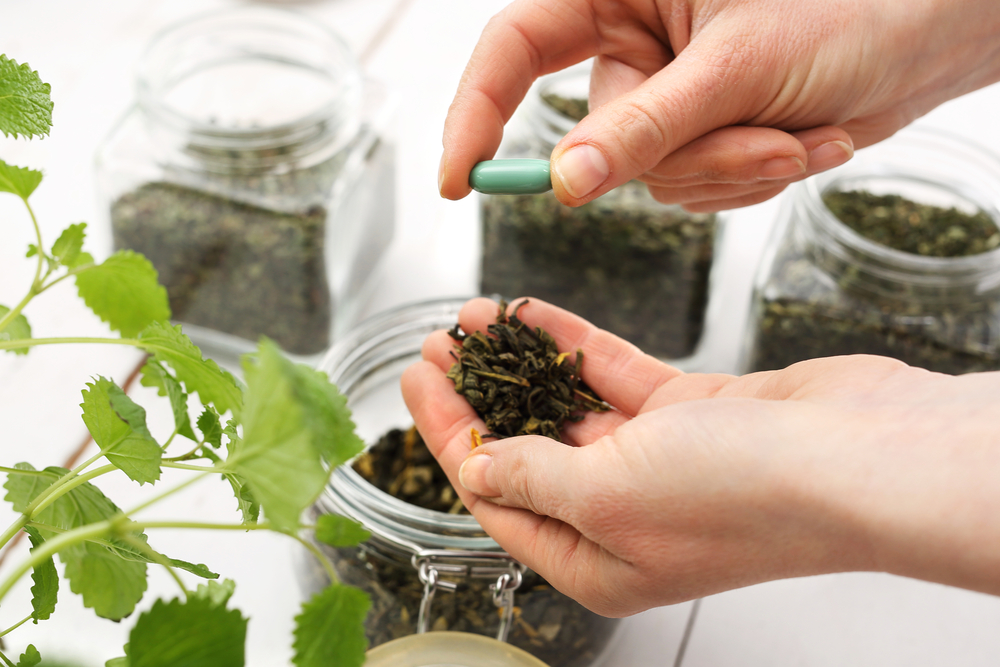Amazonian Tea Component Stimulates New Nerve Cell Formation, Study Suggests

Dimethyltryptamine or DMT, one of the main natural components of traditional Amazonian ayahuasca tea, promotes the formation of new nerve cells (neurogenesis), a recent study suggests.
Researchers say the compound might have “great therapeutic potential” for treating a range of neurological disorders, including neurodegenerative diseases such as Alzheimer’s and Parkinson’s.
The study, “N,N-dimethyltryptamine compound found in the hallucinogenic tea ayahuasca, regulates adult neurogenesis in vitro and in vivo,” was published in the journal Translational Psychiatry.
Ayahuasca is a South American brew commonly used as a traditional spiritual medicine by the Amazonian tribes. DMT, a natural component of this Amazonian ayahuasca tea, binds to the serotonin brain receptor (5-HT), which enhances its hallucinogenic effect.
Some studies have demonstrated that DMT also binds to another brain receptor, called non-serotonergic sigma-1 (S1R), which does not enhance this effect. S1R has been associated with important cellular functions, including neurogenesis, the process by which new neurons are formed in the brain.
Neurodegenerative diseases, such as Alzheimer’s and Parkinson’s, are characterized by the loss of nerve cells, or neurons. Although humans have the capacity to generate new neurons, this process depends on several factors and is not always possible.
“The challenge is to activate our dormant capacity to form neurons and thus replace the neurons that die as a result of the disease,” José Ángel Morales, PhD, researcher at CIBERNED and lead author of the study, said in a press release.
To learn more about this Amazonian tea compound, researchers at the Complutense University of Madrid, in Spain, now investigated the potential neurogenic effect of DMT both in mice (in vivo) and in cells grown in the laboratory (in vitro).
The team began by analyzing the effect of DMT in the mice’s neural stem cells (NSCs), which were isolated from the hippocampus, a region of the brain associated with memory. These NSCs are progenitor cells that give rise to neurons.
DMT was tested alone and in combination with different antagonists, or blockers, of two subtypes — 1A and 2A — of the 5-HT receptor, as well as the S1R receptor.
Treatment with DMT significantly reduced several stem cell markers, suggesting a loss of stemness, or the capacity to proliferate and give rise to new neurons. This loss of stemness also was observed when the cells were treated with DMT and antagonists for both subtypes of the serotonin 5-HT receptor.
However, when treated with DMT and a specific antagonist for the S1R receptor, this effect was reversed: the results showed stemness marker levels similar to those observed in cells before treatment.
The use of DMT also was found to promote the proliferation of neural stem cells. That effect was blocked upon the addition of the specific S1R receptor antagonist and lowered to an extent when antagonists were added for the 5-HT receptor.
DMT treatment also was able to significantly increase the levels of proliferation markers. The team found that this effect was reversed when cells were incubated with the S1R antagonist, but not with other antagonists.
These results suggest that DMT controls the state of neural stem cells and its proliferation capacity through the S1R receptor.
The tea compound also was found to have a direct effect on the differentiation of neural stem cells into different types of nerve cells, namely neurons, astrocytes, and oligodendrocytes, via the S1R receptor.
Adult mice were then used to confirm these results in an animal model.
Animals treated with DMT for 4 days (short-term treatment) showed a significant increase in cells stained with bromodeoxyuridine (BrdU) — commonly used to detect proliferating cells in living tissues.
The neurogenic stimulation seemed to be mediated by the S1R receptor since no neurogenic effect was observed when DMT was administered together with its antagonist.
In mice treated with DMT for 21 days (long-term treatment), the researchers found a noticeable increase in the amount of newly generated neurons, indicating that the compound increases the number of new neurons originated in the hippocampus.
This increase was blocked when mice were treated with the compound together with the S1R antagonist, indicating that DMT-induced neurogenesis is mediated by S1R.
The team also analyzed the functional consequences of DMT treatment by performing behavioral tasks in mice to analyze if memory and learning were affected.
Mice treated with DMT performed better, compared with non-treated animals (controls), in memory tests, suggesting that DMT promotes improved performance in learning tasks.
“DMT present in the ayahuasca infusion promotes neurogenesis by stimulating the expansion of neural progenitors populations, and by inducing the differentiation of these [neural stem cells]. Moreover, the neurogenic stimulation observed after DMT treatment correlates with an improvement in spatial learning and memory tasks,” the researchers wrote.
“This capacity to modulate brain plasticity suggests that it has great therapeutic potential for a wide range of psychiatric and neurological disorders, including neurodegenerative diseases,” Morales said.






